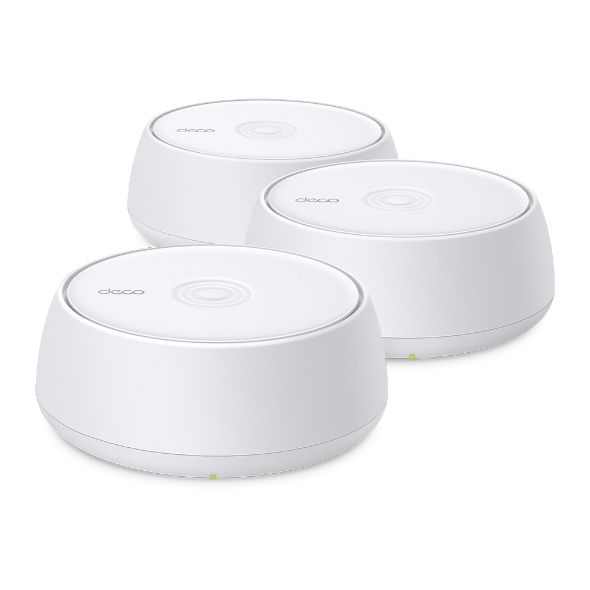How to extend guest network when there is a switch between Decos
As we know, a guest network is a network that is separated from your main network, providing internet access only for connected devices. Devices on the guest network cannot access devices on the main network.
When you connect one or more satellite Deco units to the main Deco unit through a switch, then you may need to add some configurations on the switch so that the guest network will work properly on the satellite Deco units.
Case 1: If you have an unmanaged switch.
If it is an unmanaged switch, no extra settings need to be configured on the switch. Just connect them, and the main network and guest network will work as expected.
Here are the two typical connection structures when working with the unmanaged switch.

Case 2. If you have a managed switch.
1. Please make sure that the version of your Deco App and firmware is up to date. Please refer to FAQ below if you have any questions: How to Update the Firmware of Deco
2. When you wire the satellite Deco unit to the main Deco unit through a managed switch, you may find that you cannot have access to Internet via the guest network of the satellite unit. Here we will teach you how to do the configuration on your managed switch so that the problem can be solved.
1) The main network and the guest network are separated by VLAN. The guest network is tagged with VLAN ID 591 by default, while the main network is untagged. You can also customize the VLAN ID as between 3-1024. Here we take VLAN ID 591 as an example.


Note: The VLAN ID button will only show up when your Decos are wired together through a network switch.
2) If you have only one satellite Deco, we assume the main Deco connects to port 1 of the switch, while the satellite Deco connects to port 2.
If you have two or more satellite Deco units, we assume the main Deco connects to port 1 of the switch, while the satellite Deco units connect to port 2 and port 3.

3) Configurations on the switch
Here we take the TP-Link easy smart switch TL-SG3428X as an example. Other switches work in a similar way.
Topology 1 (only one satellite Deco)
Configure the VLAN setting of the guest network
Go to L2 FEATURES>>VLAN>>802.1Q VLAN>>Add a new entry: Set VLAN ID as 591 and VLAN Name as a guest. Then select the Tagged Ports as 1-2 (port 1 leads to the main Deco, port 2 leads to the satellite Deco). After that, click Apply to save the settings.
Now the guest network will work properly on the satellite Deco.


Topology 2 (two or more satellite Deco units)
Configure the VLAN setting of the guest network
Go to L2 FEATURES>>VLAN>>802.1Q VLAN>>Add a new entry: Set VLAN ID as 591 and VLAN Name as a guest. Then select the Tagged Ports as 1-3 (port 1 leads to the main Deco, and port 2&3 leads to the two satellite Deco units). After that, click Apply to save the settings.
Now the guest network will work properly on the two satellite Deco units.


Is this faq useful?
Your feedback helps improve this site.
TP-Link Community
Still need help? Search for answers, ask questions, and get help from TP-Link experts and other users around the world.


_US_1.0_F_normal_20250208094019q.png)